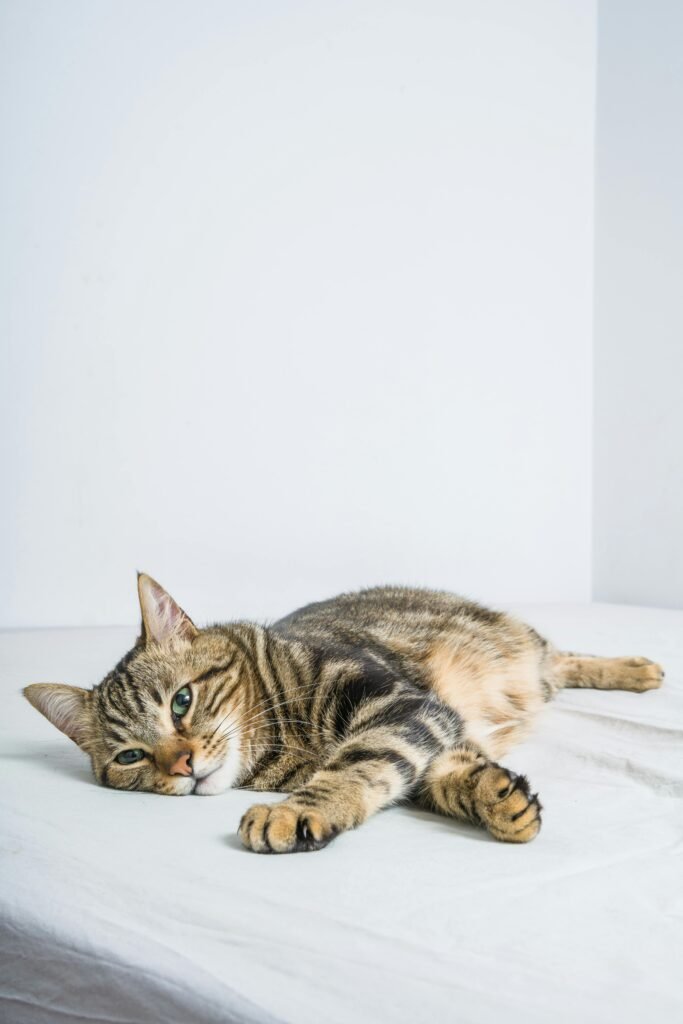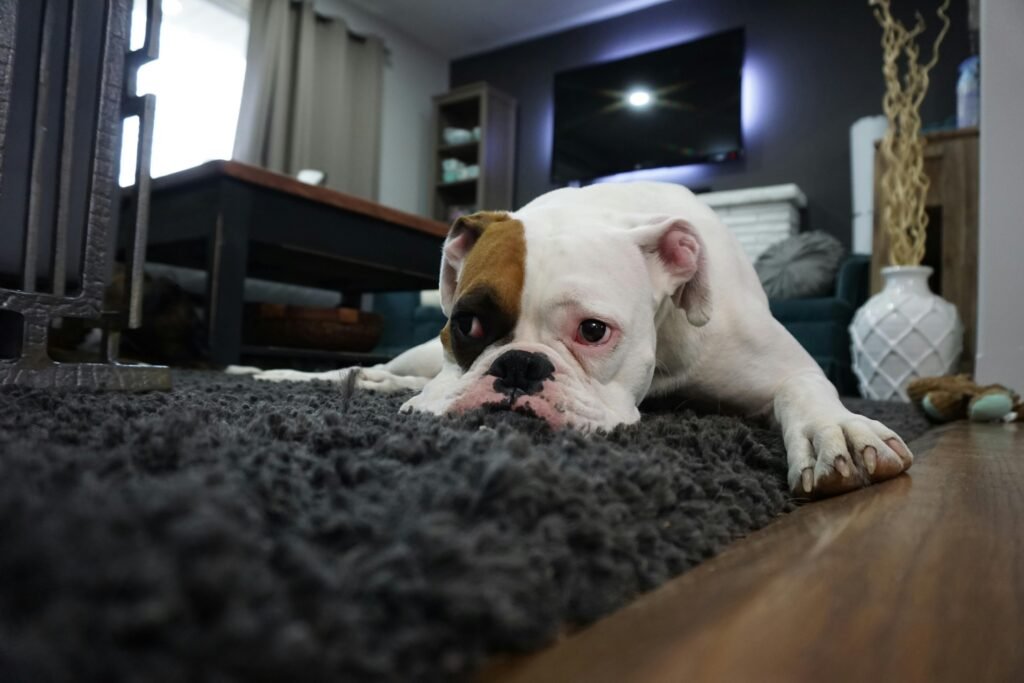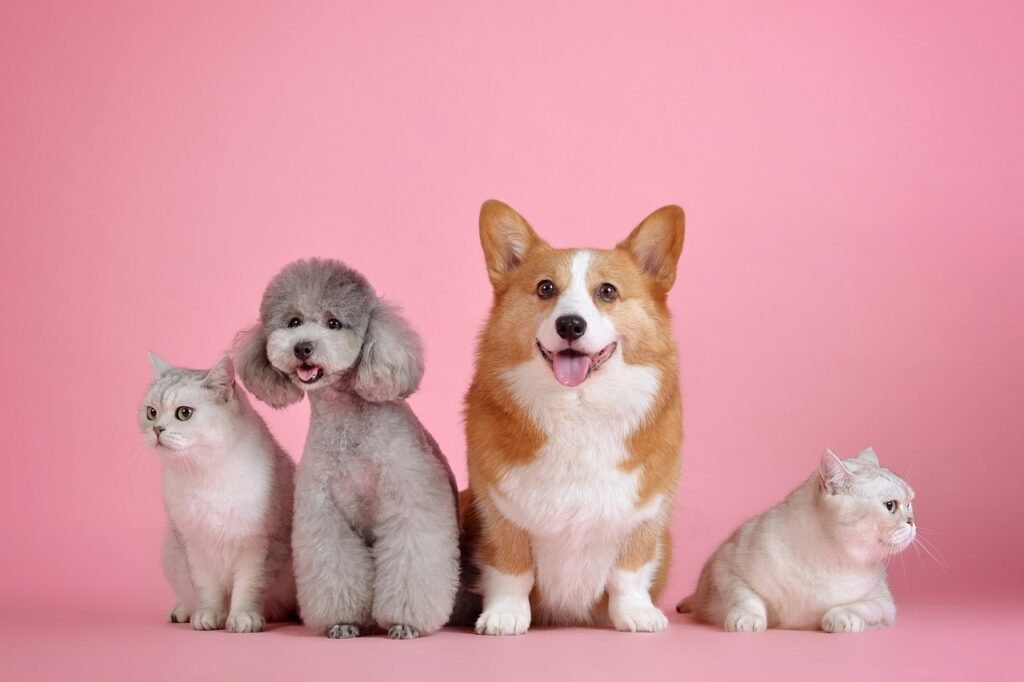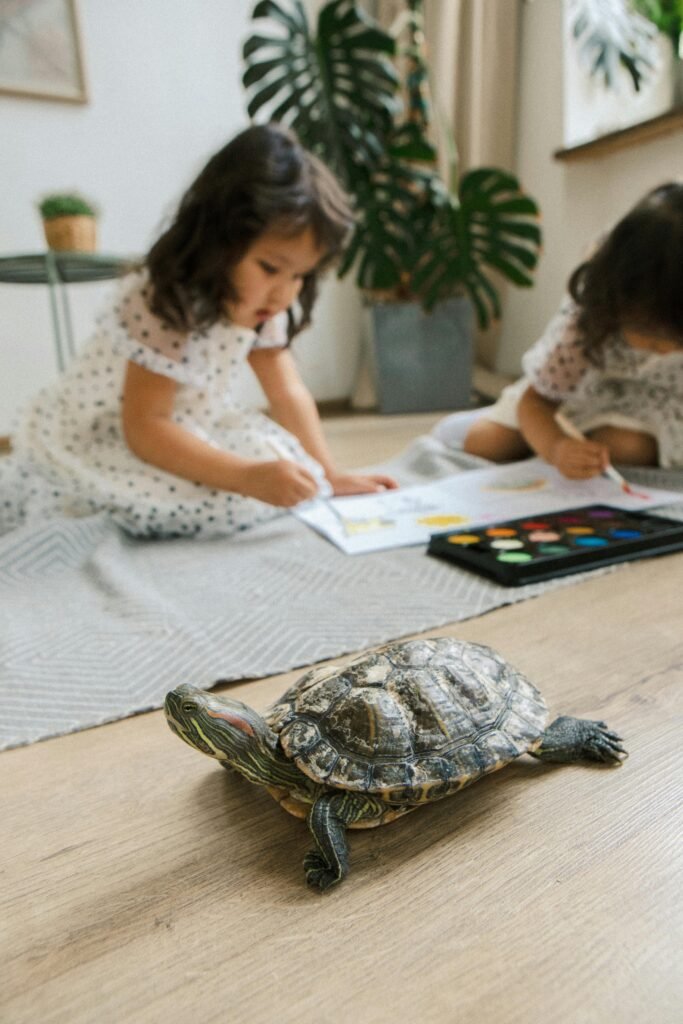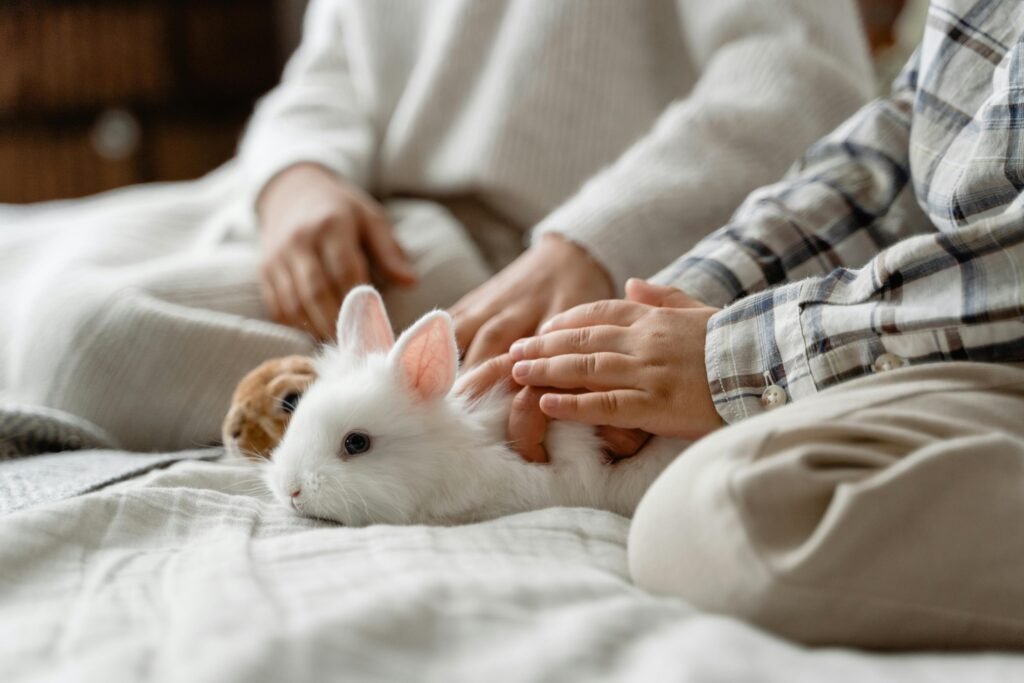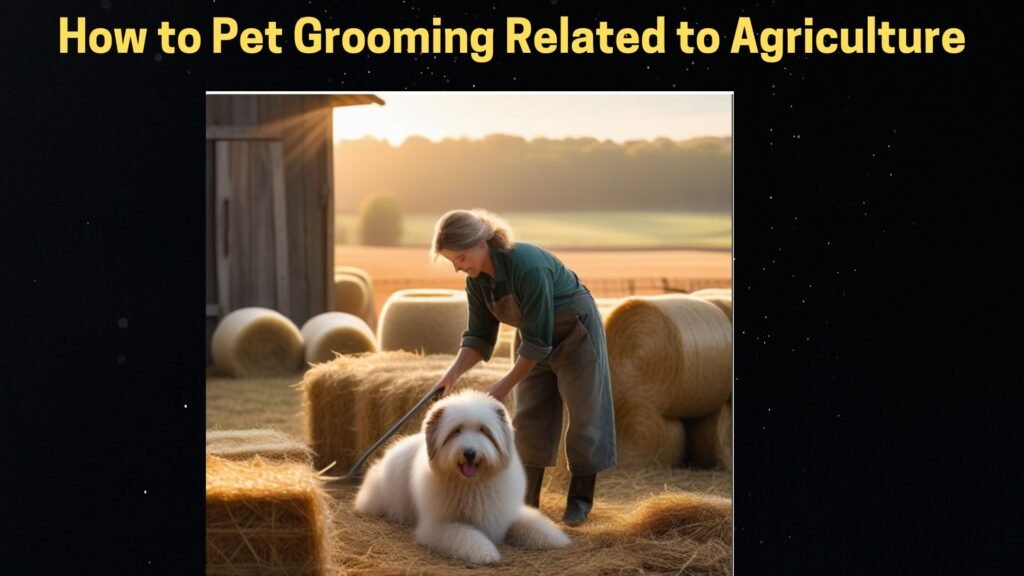How To Remove Pet Hair from Laundry?
If you own a pet, then you probably know how tough it can be to get rid of pet hair remover for laundry. If your pet sheds all year round or just occasionally, cleaning up the hair can be an exercise in frustration. But it’s easy to remove pet hair from laundry with the right tools and techniques. It will help to keep your laundry clean. Best Tools and Methods: How to Remove Pet Hair from Laundry? This guide covers the best methods for dealing with laundry covered in pet hair. We will make your laundry days easier by sharing the best pet hair remover for laundry and more household hacks. Read on to learn more. Why Pet Hair Sticks to Laundry? Before discussing how we can remove pet hair from laundry it may be better to understand how pet loss hair. During certain seasons, pets shed hair, and this soon gets all over your clothes bed and armchairs. But it’s not just about the amount of hair but also the texture. Microscopic barbs within pet hair make it very prone to sticking to fabrics. That’s why those pesky hairs hang around for days once it’s wet in water. Now that you know why pet hair sticks to laundry, let’s look at how to deal with the problem. Use The Best Pet Hair Remover For Laundry The easiest way to tackle laundry pet hair remover issues is to buy a pet hair remover for laundry. Specifically these tools lift hair from fabrics without damaging them. In the market, you get many different types of pet hair removers. Here are some of the top options: Each tool is effective but combining them is necessary for the best results. For instance, use a lint roller to capture any stray hairs left behind after drying your clothes. Pre-Treat Your Laundry Before throwing your laundry in the washer, take a few minutes to pre-treat it. Pre-treating helps loosen the pet hair and prevents it from sticking to your clothes. Here are some pre-treatment methods to consider: Choose The Best Laundry Detergent And Settings The type of detergent you use and the settings on your washing machine can make a big difference in how well you remove pet hair from laundry. Here’s what you should consider: Use the Dryer to Your Advantage The dryer is a powerful tool when it comes to removing pet hair. Here’s how to use it easily: Wash Pet Bedding and Accessories Separately Wash pet bedding or blankets and other similar items covered by hair separately from ordinary laundry. Pet hair so easily migrates from one article of clothing to another, so giving these items their own isolated cleanse is preferable. Consider using a laundry pet hair remover product or a pre-wash treatment to remove pet hair before putting them into the machine. Consider a Pet Hair Removal Bag If you’re still having issues eliminating pet hair from your laundry, use a pet hair removal bag. These mesh bags were made to keep pet hair together during your laundry cycle. You just need to put your clothes inside the bag and toss them into the wash. Not only it will prevent hair from sticking everywhere else, but also cleaning up after a wash will be easy too. Dry and Fold with Care After washing and drying your clothes, be extra careful folding them or putting them away. Before storing them, you can do a last pass of your laundry with a lint roller or a pet hair removal brush. It is an ongoing process to keep your clothes clean and hair-free. Thus, regular the clean-up prevents the accumulation of hair. Make Pet Hair Removal a Breeze with Pet Buddies Care Are you struggling with pet hair in your laundry? If you’ve ever washed your favorite hoodie and found annoying pet hair attached to it then Pet Buddies Care has the best pet hair remover for laundry. Our lint rollers and pet hair removal brushes are great for quickly getting the pet hair off from your clothes or sheets and towels. Pet Buddies Care brings you the best pet hair remover for laundry so that your laundry stays as fresh and hair free as possible. Conclusion: Removing pet hair from the laundry is easy with useful tools. Use a pet hair remover for laundry or pre-treat your clothes and take advantage of your dryer to keep your laundry hair-free. Try the tools and tips above for the best pet hair remover for laundry. Visit petbuddiescare.com to find the perfect tools for easy and hassle-free pet hair removal!
How To Remove Pet Hair from Laundry? Read More »

